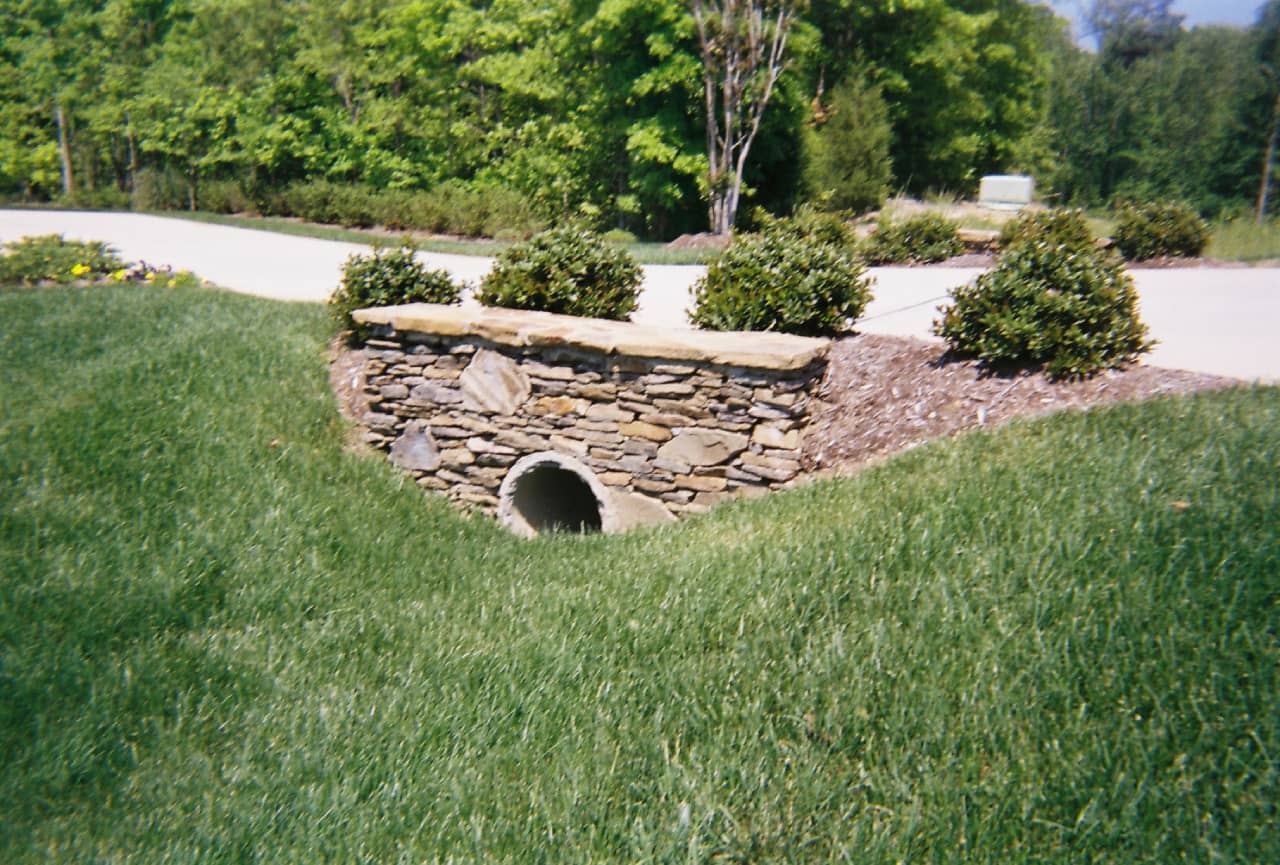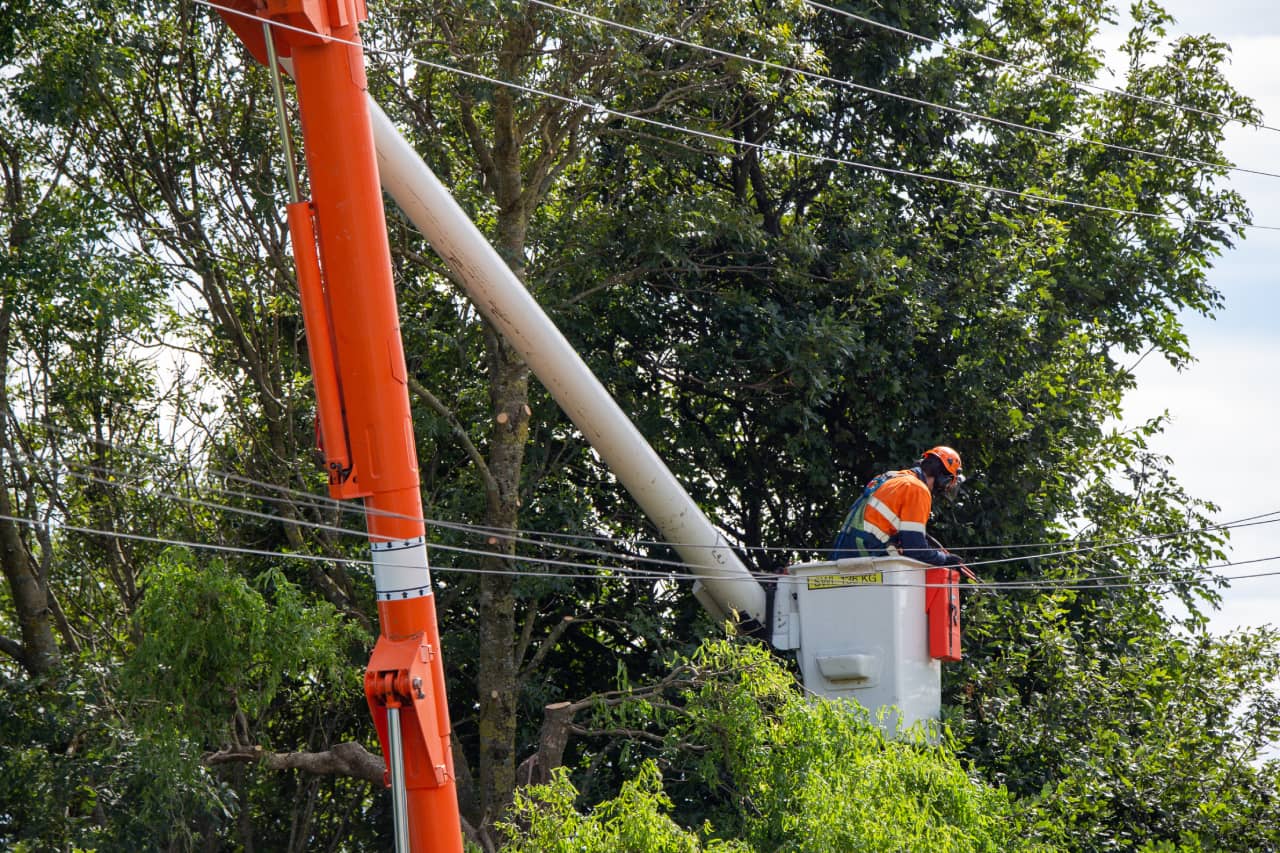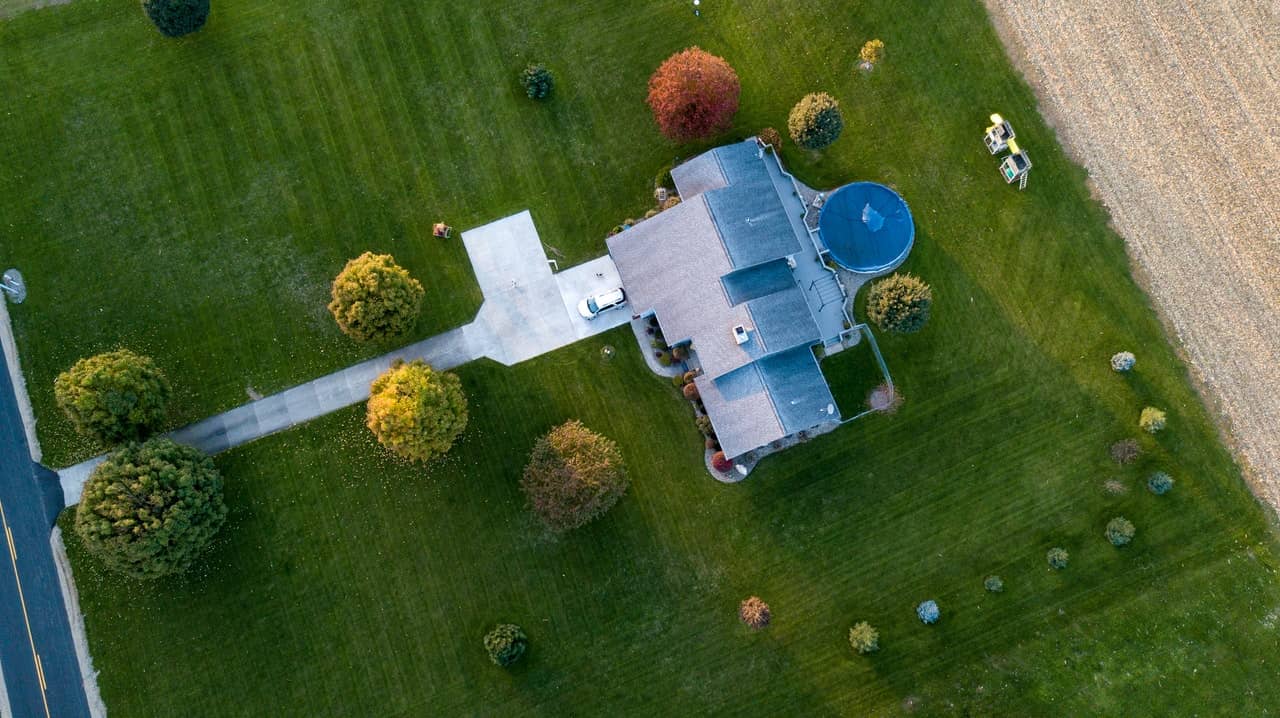It is advisable to install a headwall drainage outlet when you have a drainage pipe intended to release water. Headwalls prevent the flow of water from eroding the pipe or the surrounding region. They also offer support for bridges, roads, and other buildings while enabling water to flow freely through them.

What is a headwall?
A tiny retaining wall placed at the entrance or outlet of a stormwater drainage pipe or culvert pipe is known as a headwall. They were installed by industries to prevent erosion of the pipe and surrounding region due to the continual flow of water. They’re intended to keep plants from growing around the pipe, which might harm or obstruct the flow.
Precast concrete is commonly used for headwalls to guarantee durability and long life, however alternative materials such as stone and plastic can also be utilized. Headwalls frequently incorporate wing walls to divert water flow away from any soil and toward the pipe.
Importance of headwall shape
The shape of precast headwalls is crucial for directing water flow, improving drainage efficiency, support, and protecting the road and banks from the erosive flow. Wing walls can be used to direct flow to the pipe intake, while bank walls can be used to reinforce steep road banks. These structures help to prevent pipe clogging and erosion. The end wall at the outflow supports the road edge and prevents the road construction from being undermined.
It is critical to block the road ditch on roads with a linear gradient to push the ditch to flow into the pipe. Water that has been forced to shift course can be extremely corrosive. Erosion at a pipe intake is not only a source of pollution, but it may also lead to higher maintenance costs. When a headwall is angled, it guides, protects, and enhances pipe operation.
Advantages of Headwall
● Headwalls are a low-cost way to keep soil and drainage pipes from eroding.
● They are made of sturdy, long-lasting materials to ensure that they survive a long period.
● They provide structural support while also preventing drainage water from harming the road construction.
● Headwalls guide the flow of water, minimizing turbulence and increasing the pipe’s efficiency.
● They serve as a visual cue that a pipe is open, saving pipes from harm during maintenance.
Need for Pipe Opening Protection
Pipe apertures must be protected for many reasons:
• When water changes direction or velocity, it becomes turbulent, enhancing its erosive potential.
• As water runs through a pipe, it accelerates, necessitating soil stabilization to avoid erosion.
• Unprotected areas erode, resulting in increased sediment pollution and maintenance expenses.
• At pipe openings, physical support for the road and banks may be required.
Conclusion
Under high-flow circumstances, it’s crucial to use precast headwalls to predict the forces of drainage water. During big storm occurrences, drainage systems should be constructed to protect the road and banks. Headwalls and end walls designed to the right height increase pipe efficiency during large flows, preventing flow by-pass, road washouts, and compounding pipe failure damage.



